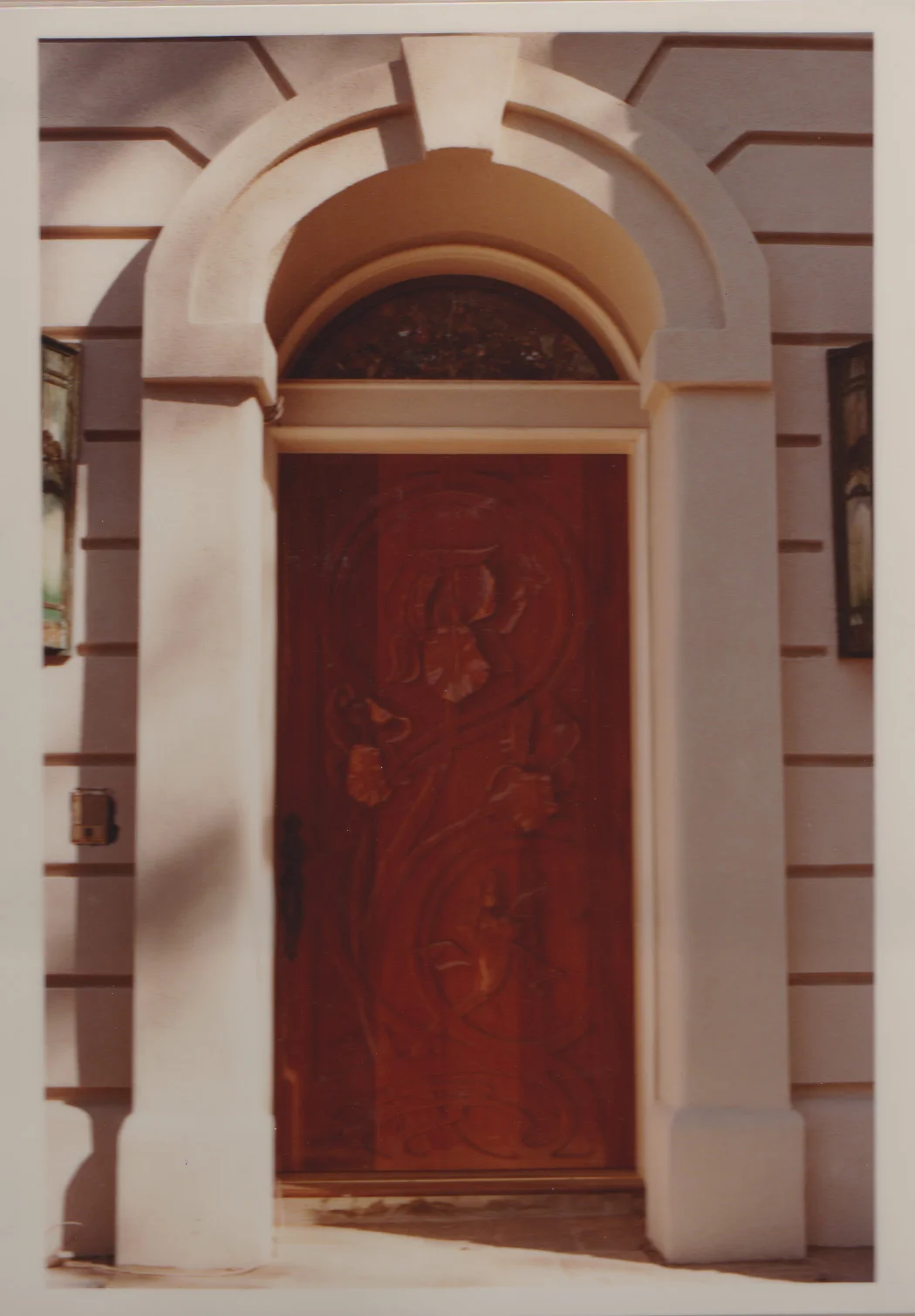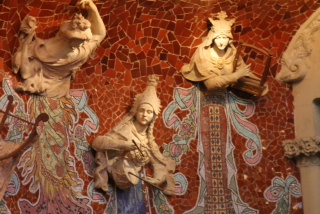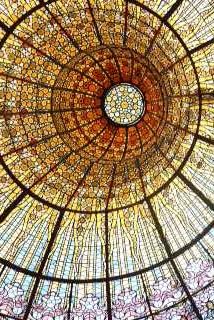Art Nouveau a lasting inspiration
We have written about our love of Art Nouveau and are now taking a trip to Brussels in homage of Victor Horta, one of the pioneers and master of this organic and fluid style of architecture. We left England in the 80’s with an appreciation of the French masters in this field but did not become familiar with the Brussels legend until meeting Kareem Abdul- Jabbar also a legend and an Art Nouveau enthusiast. Martin was hired to fabricate the entry door, interior doors and stair rails for his Bel Air residence. When we arrive in Brussels and see Horta’s work in person we will share this experience in a later post. Meanwhile I want to focus on this local residence where the styles of Horta, Guimar and Mucha came together to create a splendid home.
The front door was carved from Honduras mahogany as a collection of over-sized irises in a style reminiscent of Alphonse Mucha’s colorful posters. The interior of the front door borrowed its direction from Guimard but for the main archways and interior doors the whiplash center of the casement molding and tweezed hair design of the corners are much truer to Horta’s work.
Horta’s aesthetic can also be seen in the large interior doors especially where wood meets glass and the birds eye maple panel is bisected by a central astragal carved as a budding tendril.
The stair rail was made in sections of solid bronze using a cow parsley pattern carved by Martin and based on the floral works of Mucha.







